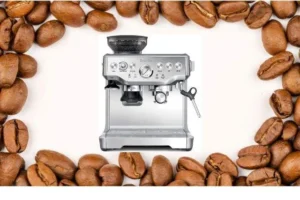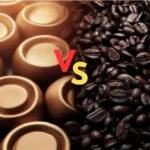Exploring the Difference Between Latte and Espresso
When it comes to coffee, there are so many options to choose from. But have you ever wondered about the difference between a latte and an espresso? They may seem similar, but they have distinct characteristics that set them apart. In this article, I will delve into the nuances of these two popular coffee beverages, exploring their definitions, ingredients, and how they are made. So grab a cup of your favorite brew and let’s dive in!
Difference Between Latte and Espresso Key Takeaways:
- Latte and espresso have different brewing methods and ingredients.
- A latte is made by combining espresso shots with steamed milk, while espresso is a concentrated coffee shot.
- Espresso has a bolder flavor and is undiluted by milk, while lattes have a milder taste and creamier texture.
- Caffeine content varies, with espresso containing more caffeine per ounce compared to lattes.
- Both latte and espresso offer unique taste experiences and can be customized to suit individual preferences.
How Espresso is Made
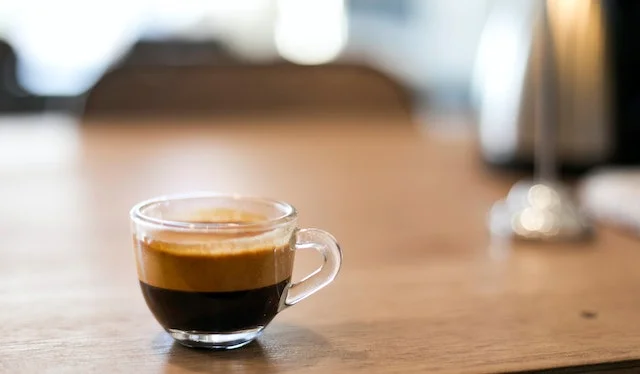
When it comes to brewing a perfect cup of espresso, the process is both art and science. It all starts with the right combination of coffee grounds, hot water, and precise extraction. Let’s take a closer look at the steps involved in making espresso.
The first crucial step is grinding the coffee beans finely. This allows for greater surface area and optimal extraction of flavors. The finely ground coffee is then tightly packed into a puck using a tamper, ensuring even distribution and resistance to water flow.
Next, hot water is forced through the puck under high pressure. This pressure is typically around 9 bars, which helps to extract the rich flavors and oils from the coffee. The water passes through the puck in a process called extraction, taking around 25-30 seconds to achieve the perfect balance of flavors.
An espresso machine plays a crucial role in controlling the temperature, pressure, and duration of the extraction process. This ensures consistency and allows baristas to fine-tune the flavor profiles of each shot. The result is a concentrated and robust drink that forms the foundation for a variety of coffee beverages.
Espresso Brewing Process:

- Grind coffee beans finely
- Pack ground coffee tightly into a puck
- Force hot water through the puck under high pressure for 25-30 seconds
- Control temperature, pressure, and extraction time using an espresso machine
Now that we’ve explored the intricate process of making espresso, we can better appreciate the craftsmanship and precision required to achieve that perfect shot. Whether enjoyed on its own or as the base for specialty drinks like lattes or cappuccinos, espresso remains a beloved and essential part of the coffee culture.
| Key Steps | Details |
| Grind | Coffee beans are ground finely |
| Pack | Ground coffee is packed tightly into a puck |
| Extract | Hot water is forced through the puck under high pressure for 25-30 seconds |
| Control | An espresso machine controls temperature, pressure, and extraction time |
Section 3: How Lattes are Made
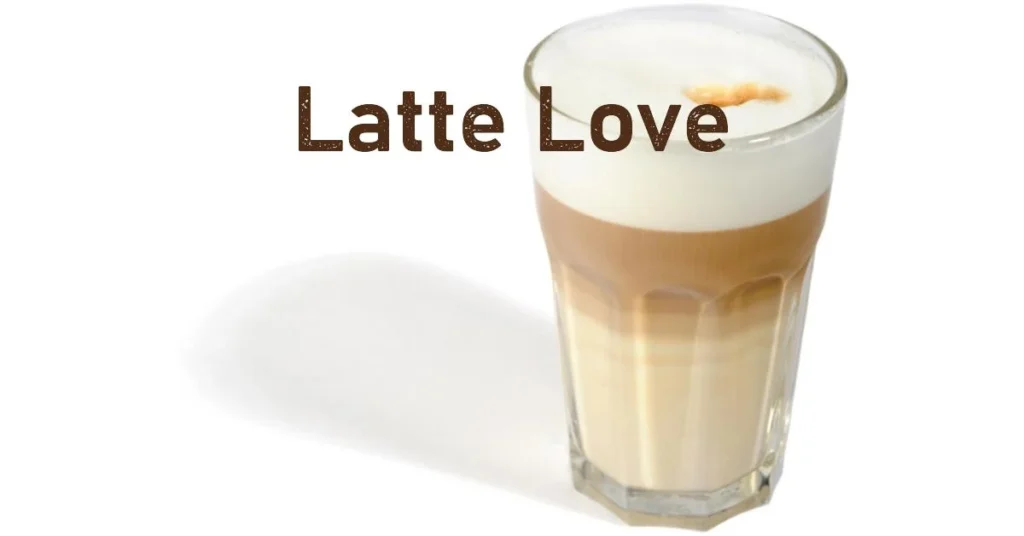
When it comes to preparing a latte, there are a few key steps involved. First, a shot or shots of espresso are brewed. The number of shots used can vary depending on personal preference and desired strength. Next, steamed milk is added to the espresso. The milk is heated and frothed using a frother or steam wand, creating a creamy and smooth texture. The ratio of milk to espresso is typically 3:1 or 4:1, ensuring a balanced flavor profile. Finally, a layer of milk foam is added on top to enhance the visual appeal and provide additional richness.
The choice of milk can also impact the taste of a latte. Common options include cow’s milk, soy, almond, and oat milk. Each type of milk adds its own unique flavor and texture to the latte. Some individuals prefer the creaminess of whole milk, while others opt for the nutty undertones of almond milk. The choice of milk can be a personal preference and often contributes to the overall flavor profile of the latte.
For those who appreciate the artistry of coffee, latte art is a creative addition to the preparation process. Skilled baristas can pour the steamed milk in such a way that it forms intricate designs on the surface of the latte. These designs can range from simple hearts and rosettas to more elaborate patterns. Latte art adds an aesthetic touch to the drink, making it visually appealing and elevating the overall coffee experience.
The Steps to Make a Latte:
- Brew a shot or shots of espresso.
- Steam the milk using a frother or steam wand.
- Pour the steamed milk into the espresso, maintaining the desired ratio.
- Add a layer of milk foam on top.
- Create latte art if desired, using pour techniques.
| Milk Type | Flavor Profile | Texture |
| Cow’s Milk | Rich and creamy | Smooth and velvety |
| Soy Milk | Nutty and slightly sweet | Mildly creamy |
| Almond Milk | Nutty and slightly sweet | Light and slightly grainy |
| Oat Milk | Mild and slightly sweet | Creamy and slightly thick |
“Latte art is a delightful way to express creativity in the world of coffee. By mastering the technique of pouring steamed milk, baristas can transform a simple latte into a work of art, making each cup a unique experience for the customer.” – Coffee Enthusiast
Differences in Flavor and Texture
When it comes to coffee, the flavor and texture of a drink can make all the difference in the world. Espresso and lattes are two popular coffee beverages that offer unique taste profiles and mouthfeel. Understanding the differences between the two can help you make an informed choice based on your preferences.
Espresso Flavor
Espresso is known for its bold and intense flavor. The concentrated nature of this coffee shot results in a robust taste that coffee enthusiasts adore. The extraction process, which involves finely ground coffee beans and hot water forced under high pressure, brings out the rich flavors and oils from the coffee beans.
One distinctive feature of espresso is the layer of crema that forms on the top. This creamy, caramel-colored foam adds a smooth and velvety texture to the drink while intensifying the flavor profile. The crema is a sign of a well-extracted espresso and is highly valued by coffee connoisseurs.
Latte Flavor and Frothed Milk

Lattes, on the other hand, have a milder and more subtle coffee flavor compared to espresso. The addition of steamed milk to espresso creates a creamy and smooth texture that enhances the overall taste of the drink. The milk softens the strong coffee flavor and adds a touch of sweetness.
One of the key elements in a latte is the frothed milk. This process involves introducing air into the milk, creating a light and airy foam that sits on top of the drink. The frothed milk adds a luxurious mouthfeel and visually appealing presentation to the latte. It complements the coffee flavor by providing a creamy and velvety texture.
| Espresso | Latte |
| Bold and intense flavor | Milder and more subtle coffee flavor |
| Thick crema layer on top | Frothed milk creates a creamy texture |
So, whether you prefer a rich and robust coffee experience or a smoother and creamier drink, the differences in flavor and texture between espresso and lattes provide options to suit your taste buds. Both beverages offer unique characteristics that can be enjoyed and appreciated by coffee lovers everywhere.
Differences in Caffeine Content and Serving Size
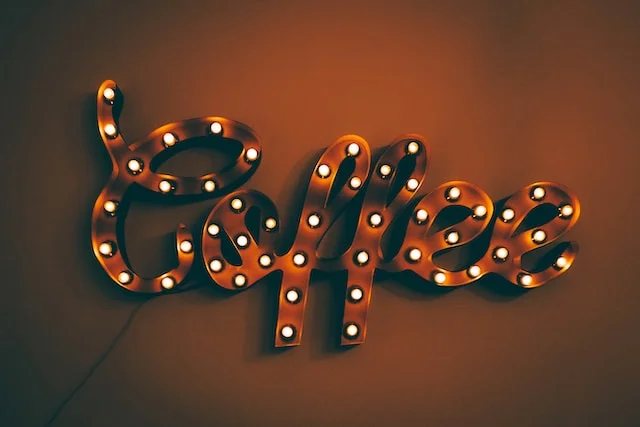
When it comes to the caffeine content and serving size, espresso, and lattes offer different options for those seeking their daily dose of energy. An espresso shot packs a powerful punch with around 64mg of caffeine, making it a concentrated source of stimulation. However, it’s important to note that the serving size of an espresso shot is typically much smaller, ranging from 1 to 2 ounces.
Lattes, on the other hand, are larger in size, ranging from 8 to 12 ounces. The caffeine content of a latte can vary depending on the number of espresso shots used in its preparation. If you’re looking for a milder caffeine boost, a latte might be the way to go. With the addition of steamed milk, lattes offer a smoother and creamier texture compared to espressos.
To help you understand the differences more clearly, here’s a table showcasing the average caffeine content and serving sizes of espresso and lattes:
| Beverage | Caffeine Content per Serving | Serving Size |
| Espresso | Approximately 63mg | 1-2 ounces |
| Latte | Varies based on espresso shots | 8-12 ounces |
It’s important to remember that caffeine affects individuals differently, and factors such as your tolerance and sensitivity can play a role in how it impacts you. Whether you prefer the concentrated kick of an espresso shot or the smooth and creamy experience of a latte, both beverages offer unique caffeine profiles and serving sizes to suit your preferences.
Conclusion
In summary, the difference between a latte and an espresso lies in their unique brewing methods and taste profiles. As a coffee enthusiast, I appreciate the distinct characteristics each beverage offers.
Espresso, crafted by extracting flavor under high pressure from finely ground coffee, delivers a bold and concentrated shot that captivates the senses. Its rich aroma and thick crema layer set it apart from other coffee beverages.
On the other hand, lattes combine the smoothness of steamed milk with the robustness of espresso, resulting in a creamy and milder coffee experience. The artistry of latte making, demonstrated through delicate latte art, adds an extra touch of charm to this popular beverage.
Ultimately, whether you prefer the intense and concentrated flavors of espresso or the creamy and balanced notes of a latte, both beverages offer a delightful journey for your taste buds. So, explore the difference between latte and espresso to find your perfect cup of coffee satisfaction.
Difference Between Latte and Espresso FAQs
A latte is made by combining espresso shots with steamed milk, creating a creamy and milder coffee beverage. Espresso, on the other hand, is a concentrated and robust coffee shot made by forcing hot water through finely-ground coffee under high pressure.
Espresso is made by grinding coffee beans finely and combining them with hot water under high pressure. This process extracts the flavor of the coffee and creates a concentrated and robust drink. An espresso machine controls the temperature, pressure, and extraction time to ensure the best results.
Lattes are made by combining espresso shots with steamed milk and a layer of milk foam on top. The milk is steamed using a frother or steam wand, creating a creamy and smooth texture. Different types of milk can be used, including cow’s milk, soy, almond, and oat. Latte art can be created by pouring the steamed milk in a specific way, allowing for designs on the surface of the drink.
Espresso has a bold and intense flavor due to its concentrated nature and extraction process. It has a thick crema layer on top, which adds to its flavor profile. Lattes, on the other hand, have a milder and more subtle coffee flavor due to the addition of steamed milk. The frothed milk in lattes creates a creamy and smooth texture.



